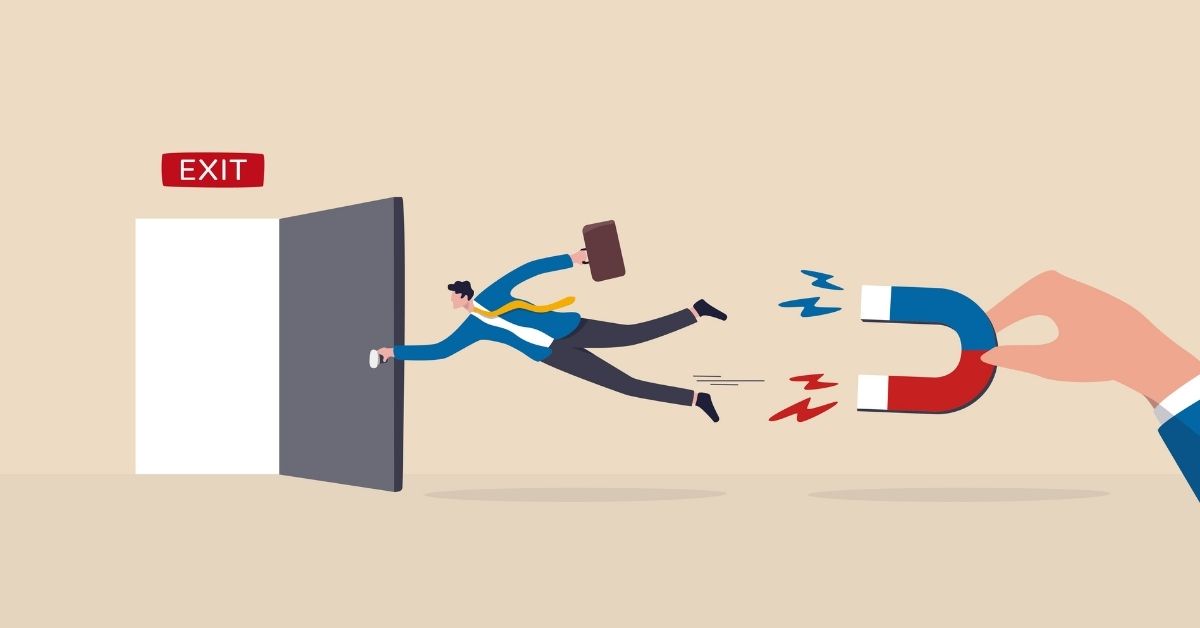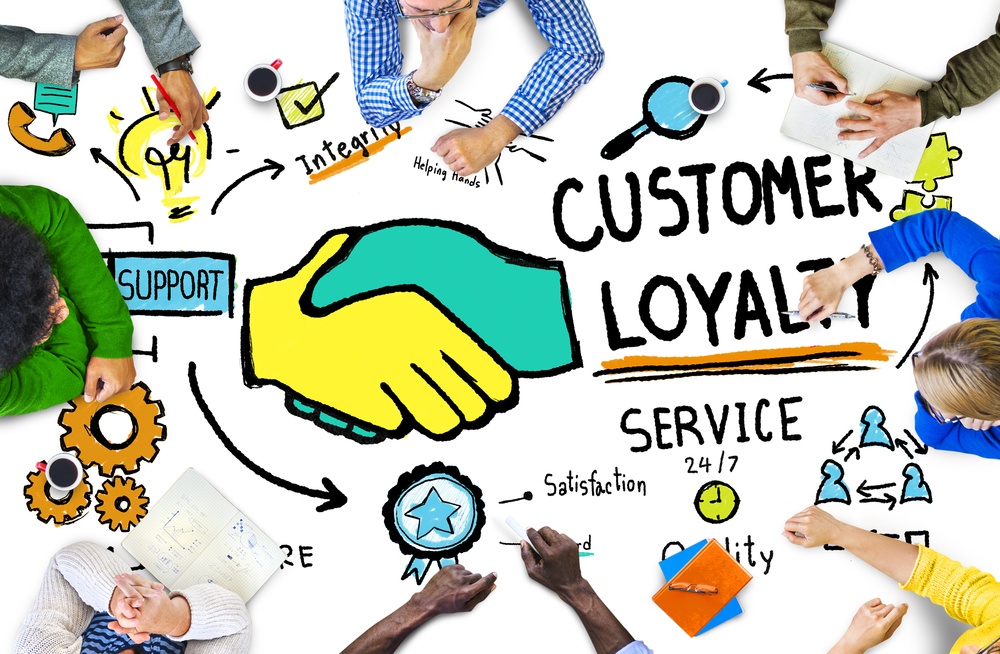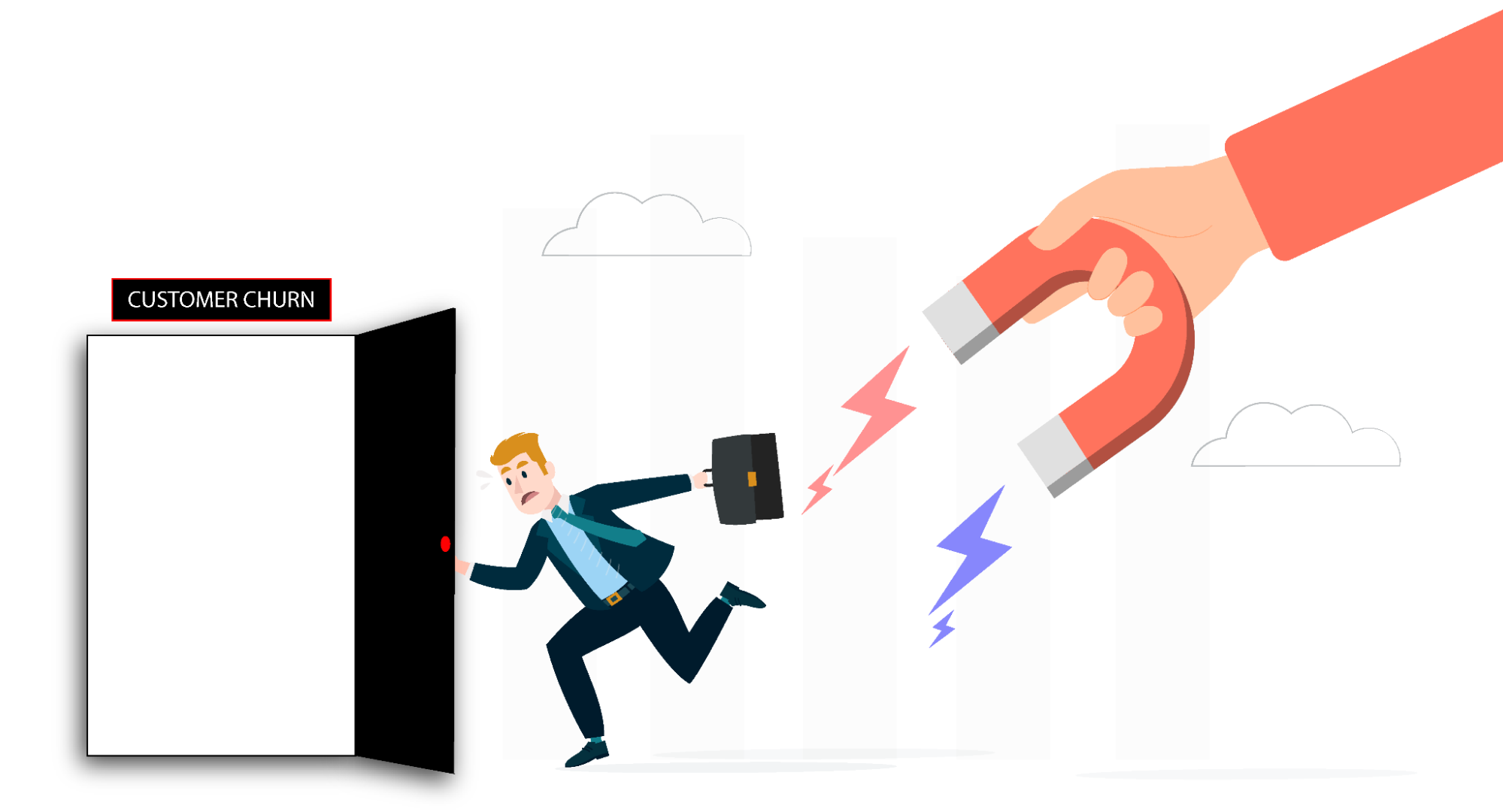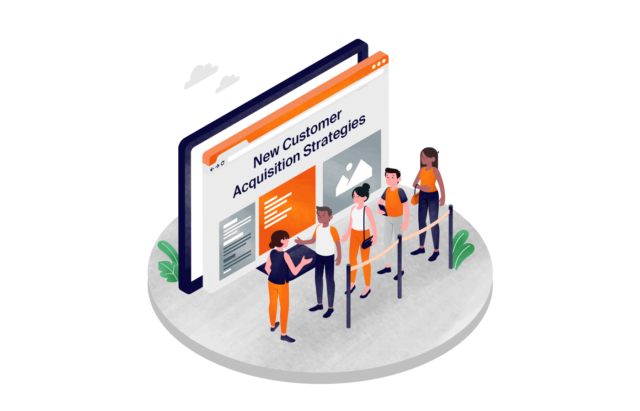In today’s competitive market, retaining customers is just as crucial as acquiring new ones. Customer retention refers to a company’s ability to keep its customers over a period of time, and is a key indicator of the underlying health of a business. High retention rates are often associated with customer satisfaction and loyalty, which drive repeat sales and organic growth.
Customer churn, or the rate at which customers stop doing business with a company, directly impacts a company’s revenue and long-term success.
Churn can result from various factors including dissatisfaction with the product or service, better offers from competitors, or changes in customer needs. Understanding and reducing churn is essential for maintaining a sustainable business model and achieving financial stability.
By examining why customers leave, businesses can implement strategies to improve retention, ultimately enhancing their profitability and market presence.
Identifying the Signs of Customer Churn

Common Indicators of Potential Churn
Detecting early signs that a customer might leave can significantly improve retention strategies. Common indicators include:
- Decreased Usage: A reduction in the frequency or intensity of product or service usage often precedes churn.
- Service Complaints: An increase in the number or severity of complaints can signal dissatisfaction.
- Negative Feedback: Critical comments in surveys, on social media, or direct communications can indicate unhappy customers. Paying attention to this customer feedback can boost retention.
- Delayed Payments: Regular delays in payment can be a sign of diminishing loyalty or financial reconsideration about the value of the service.
The Importance of Monitoring Engagement Metrics and Customer Feedback
Monitoring engagement metrics and customer feedback is crucial for identifying at-risk customers early. Engagement metrics such as login frequency, activity levels, and interaction rates provide tangible data on how customers are using the service.
Customer feedback, on the other hand, gives qualitative insights into customer satisfaction and areas needing improvement. Together, these tools can help businesses detect patterns that lead to churn, enabling them to take proactive measures to retain their customer base.
Top Reasons Why Customers Leave: Typical Causes of Churn

Understanding why customers disengage and stop using a service is critical for any business. Here are some of the most common reasons:
- Poor Customer Service: Inadequate support or negative service experiences can push customers to leave. For example, a major telecom company can face an exodus after repeated service outages.
- Lack of Perceived Value: Customers often churn when they believe that a product or service no longer meets their needs or is worth the cost. A fitness app, for example, might lose users if it fails to update content regularly.
- Better Offerings by Competitors: If competitors offer a superior product or service, customers may switch. A notable example is a streaming service that could lose subscribers to a rival offering more desirable content at a lower price.
- Poor Product Fit: Sometimes a product just isn’t the right fit for the customer’s needs, leading to inevitable churn.
- Economic Factors: Economic downturns or personal financial issues can force customers to reconsider their subscriptions and expenses.
- Lack of Engagement: Failing to regularly engage with customers can lead to a feeling of disconnect and contribute to churn, especially in industries where customer interaction is key to retention.
Proactive Measures to Prevent Churn

Strategies for Early Identification of At-Risk Customers
To mitigate customer churn, identifying at-risk customers before they leave is crucial. Here are some effective strategies:
- Predictive Analytics: Use data analytics to predict churn by identifying patterns in customer behavior that typically precede a departure.
- Customer Health Scores: Develop a scoring system that rates customer engagement levels, satisfaction, and likelihood of churn, allowing timely intervention.
- Segmentation: Segment customers based on usage, satisfaction levels, and other relevant metrics to tailor interactions and prevent potential churn.
Implementing Regular Communication and Feedback Loops
Regular communication is key to understanding and mitigating the reasons behind potential churn:
- Personalized Communication: Regular, personalized communication helps keep customers engaged and valued. Tailoring messages based on customer behavior and history can make communications more relevant and effective.
- Customer Surveys: Implement regular surveys—for example, you can use USSD mobile surveys offered by a platform like SeVO Poll—to gather feedback on customer satisfaction, product/service improvements, and the overall customer experience.
- Feedback Implementation: Show customers that their feedback is valued by implementing changes based on their suggestions. Communicate these improvements back to the customers to reinforce their impact on your business.
By taking these proactive measures, businesses can address issues before they escalate to churn, improving customer satisfaction and loyalty.
Creating a Customer Retention Plan
Developing an Effective Retention Strategy
A robust customer retention strategy is pivotal for sustaining long-term business success. Here are key elements to include:
- Personalized Offers: Craft offers tailored to individual customer preferences and past purchasing behaviors to make them feel unique and valued.
- Loyalty Programs: Implement loyalty programs that reward repeat customers with discounts, exclusive content, or early access to new products, enhancing their incentive to stay.
- Responsive Customer Service: Ensure that customer service is quick, reliable, and empathetic. A strong customer service team can resolve issues effectively, preventing frustration-led churn.
Tips on Using Data Analytics
Data analytics plays a crucial role in shaping and refining retention strategies:
- Segmentation: Use analytics to segment customers more accurately by demographics, behavior, and purchase history to tailor marketing and communication strategies.
- Predictive Modeling: Develop models that predict which customers are at risk of churning so you can proactively address their concerns.
- Customer Journey Analysis: Analyze the paths customers take within your service to identify potential friction points and opportunities for engagement.
By leveraging these strategies, businesses can create a comprehensive retention plan that not only prevents churn but also fosters a deeper connection with their customers.
Implementing Recovery Strategies for Lost Customers
Techniques for Re-engaging Customers Who Have Left
Winning back former customers can often be more cost-effective than acquiring new ones. Here are some techniques for re-engagement:
- Tailored Re-engagement Offers: Design special offers that address the reasons they left, such as discounts or improved service features.
- Win-back Email Campaigns: Send personalized emails expressing a desire to understand their reasons for leaving and offering incentives to return.
- Update Notifications: Inform former customers about significant improvements or new features that address previous pain points.
Using Exit Interviews to Learn and Improve
Exit interviews are invaluable for understanding why customers depart and how to prevent future losses:
- Structured Feedback: Conduct structured interviews or surveys to gather specific feedback on why customers chose to leave.
- Actionable Insights: Analyze the feedback to identify common trends and issues that need addressing.
- Continuous Improvement: Use these insights to refine products and services, which can help in both retaining existing customers and recovering lost ones.
By employing these strategies, businesses can not only recover lost customers but also gain critical insights to enhance their overall customer experience strategy.
Key Takeaways
Understanding and reducing customer churn is crucial for maintaining the health and growth of a business. High churn rates can erode profitability and indicate deeper issues with customer satisfaction or market competitiveness.
By adopting a proactive approach to customer management, businesses can significantly enhance their customer retention strategies. This includes continuously monitoring engagement metrics, implementing personalized and responsive customer interactions, and using data-driven insights to tailor customer experiences.
We encourage businesses to remain vigilant and responsive to their customers’ needs. This will foster loyalty and support sustainable growth.









